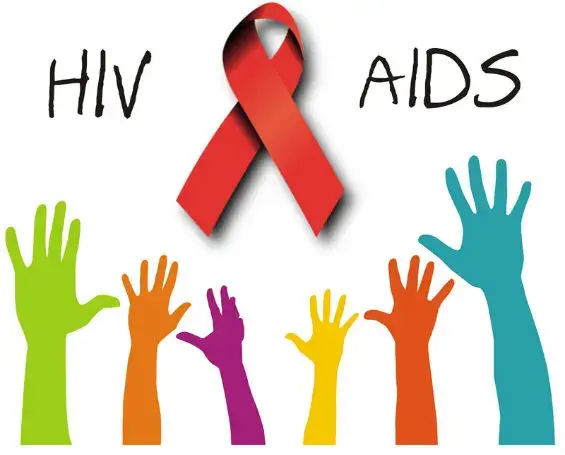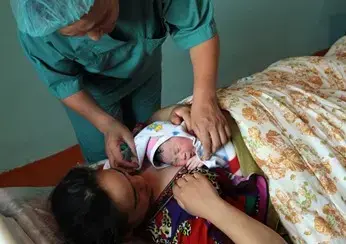AIDS remains a global health and development challenge responsible for over 36 million deaths worldwide, tens of millions of children left orphaned, and some 35.3 million people living with HIV. It is the leading cause of death of women of reproductive age. Furthermore new infections are increasing in Eastern Europe and Central Asia, as well as the Arab States regions, and deaths amongst adolescent have increased in the last decade. Ending AIDS requires long-term strategic investment towards reaching zero new infections, discrimination, and AIDS-related deaths. This necessiates equitable access to sexual and reproductive health (SRH) and HIV services, empowering women and girls, ending gender-based violence (GBV), and fostering young people’s leadership.
The HIV epidemic is integrally linked to sexual and reproductive health: The majority of HIV infections are sexually transmitted or associated with pregnancy, childbirth and breastfeeding. Both HIV/AIDS and poor sexual and reproductive health are driven by common root causes, including poverty, gender inequality and social marginalization of key populations. Responses to both health issues should be closely linked and mutually reinforcing.
UNFPA’s work in HIV prevention is based on principles governing its programming in sexual and reproductive health more generally. Foremost is the promotion, protection and respect for human rights, including gender equality, and freedom from stigma and discrimination.
Meaningful involvement of young people and of people living with HIV in all aspects of programming is essential. Programming must reach out to key populations, including young key populations. It must be firmly informed by evidence and respond to the particular characteristics of the local context. Moreover, programmes need to be implemented with a view towards strengthening the capacities of the affected communities.
In the area of HIV prevention, UNFPA collaborates with partners to:
- Link HIV/AIDS with sexual and reproductive health care including through human rights- based policies and laws (ending GBV, criminalisation of HIV, etc), strengthened health systems, and integrated delivery of HIV and SRH services;
- Preventing the sexual transmission of HIV and unintended pregnancies, especially through condom programming among key populations at higher risk to HIV, young people, as well as women and girls;
- Protecting and promoting the sexual and reproductive health of women and girls generally. This includes voluntary testing and counselling in reproductive health care settings, support for women living with HIV, and reducing the risks of mother-to-child transmission of HIV; and
- Empower key populations (sex workers, men who have sex with men, people who use drugs, and transgender people)to access a human rights-based integrated package of services.





